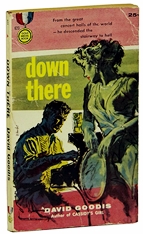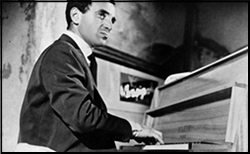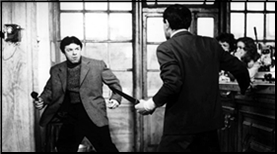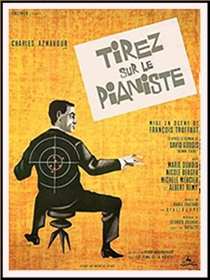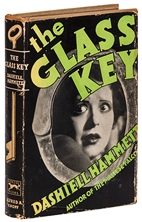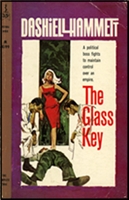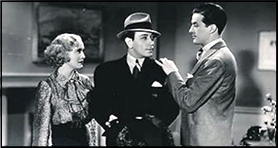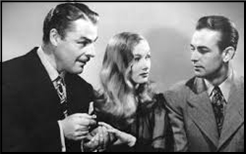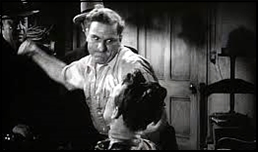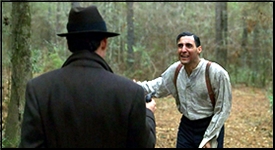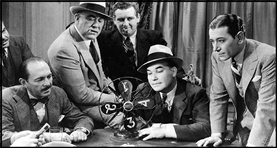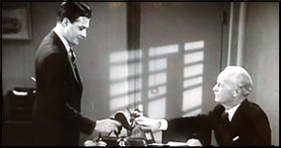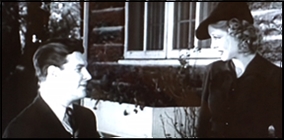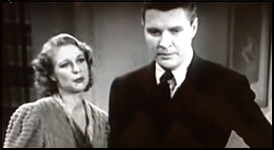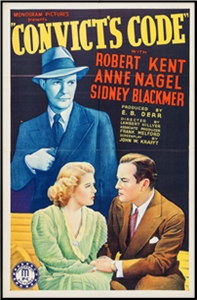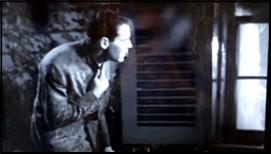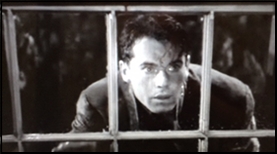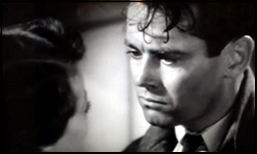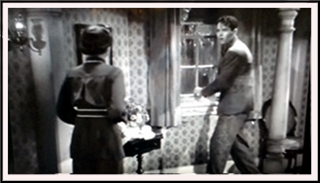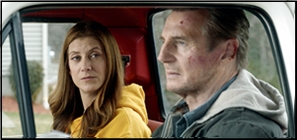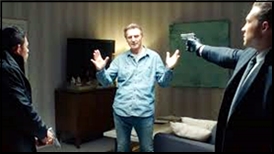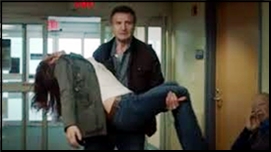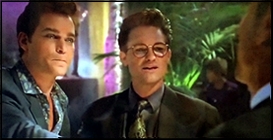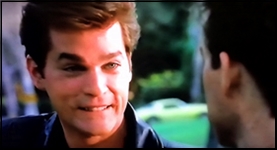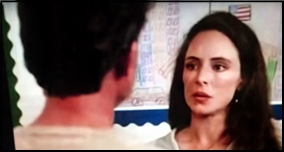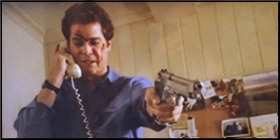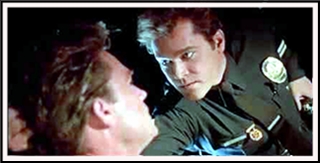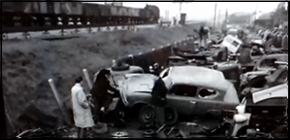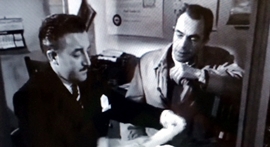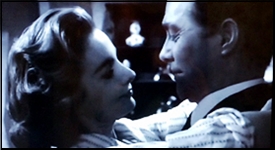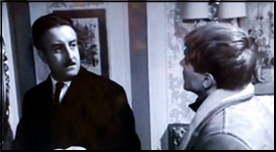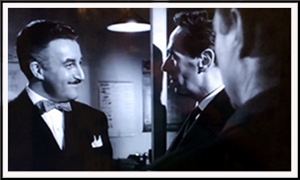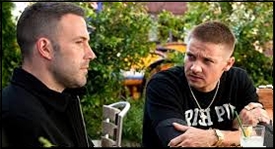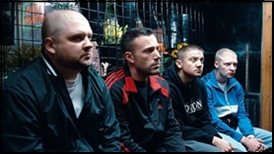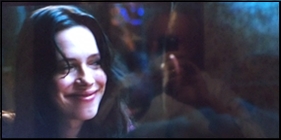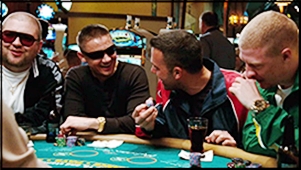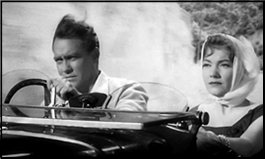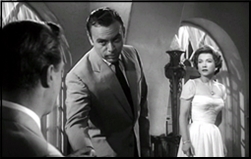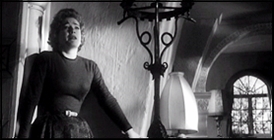Tue 30 Mar 2021
PARKER. 2003. Jason Statham, Jennifer Lopez, Michael Chiklis, Patti LuPone, Emma Booth, Nick Nolte. Based on the book Flashfire, written by Donald Westlake under the pen name Richard Stark. Director: Taylor Hackford. Currently streaming on Netflix.
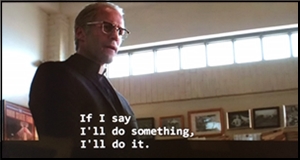
I imagine most of you reading this review already know who Parker is, and if so, you probably knew about this movie long before I did, and if so you probably watched it long before I did. But just as a basis to begin with, Parker is the toughest (anti)hero you ever don’t want to meet, and if you do, you don’t want to mess around with him. He appeared in a series of 24 books by Donald E. Westlake, and while a couple of movies were made from the books, this is the first one in which he’s called Parker.
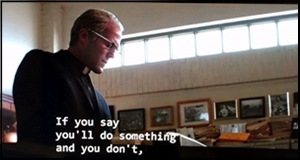
I wouldn’t want to say that it’s the best of the three, because Point Blank, the one with Lee Marvin, has become what some critics call a cult classic. But while I can see why they might want to say that, I have to tell you that I think this is the one that captures the essence of what makes Parker Parker the best.
Which is this. Basically who he is a thief, and he’s good at what he does. What you do not want to do is cross him, though, in any shape or form:
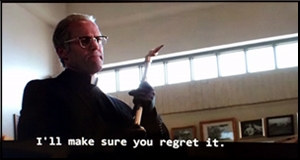
In the opening of this one, Parker is disguised as a priest while the rest of his crew are made up as clowns. The robbery of the Ohio State Fair box office goes off like clockwork, but when the rest of gang tells Parker that they need his cut to finance their next theft, he does not take it kindly, to say the least. He objects, they leave him for dead, but naturally he is not, which is a mistake by the gang they soon wish they hadn’t made.
The trail leads to Palm Beach, which is where Jennifer Lopez comes in. She’s a real estate agent, divorced, pushing 40 and with no idea where life is leading her. He needs her to show him around, but it doesn’t take her long to know what is up, and she wants in. In the meantime, there is enough action to keep anyone who loves this kind of movie as well satisfied as any movie with this kind of firepower in it could ever do.
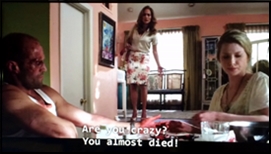
The ending is a little lame, with loose ends flying everywhere, but that’s only in comparison to the rest of the film, and if you were to have asked me afterward if they really needed Jennifer Lopez in it, I would have to agree and say maybe not. I suppose that this was meant to be the first of a franchise, but for what ever reason, it didn’t happen, and Jason Statham went on to other, if not better, things. To me, though, he made a perfect Parker, and I would have liked to have seen more.
